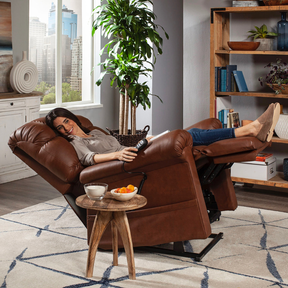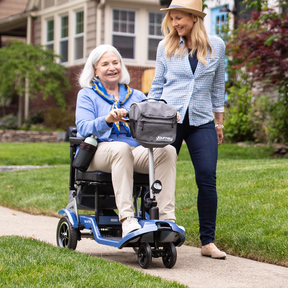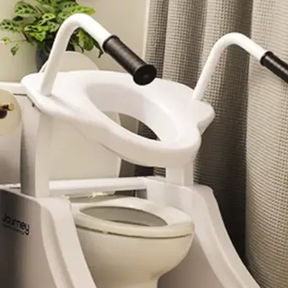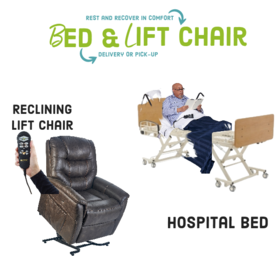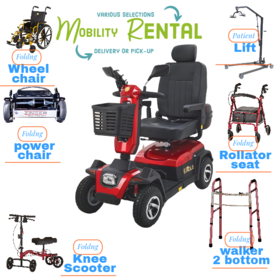Blog 5 Tips to make your Home Wheelchair-Accessible
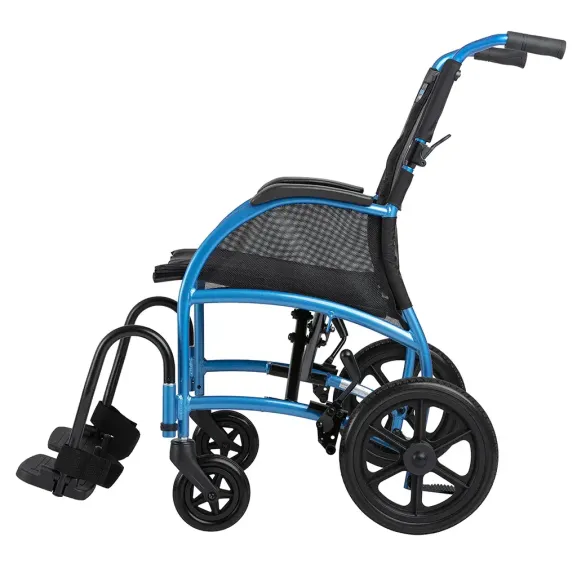
For many reasons, a family might need a home that is easy to get around in a wheelchair. Someone in the house could trip and fall or get hurt or sick and be unable to move around. Also, more and more families are planning for "aging in place," where people can change their homes to stay in them longer as they get older.
Even if you only need a wheelchair for a few months, there are things you can do to make your home easier to move around in and enjoy. When someone needs a wheelchair for a long time, it may be smart to make permanent changes to the house to make life easier for everyone.
Most of the time, making a home wheelchair-friendly means getting rid of obstacles and making everyday things easier to get to. It can be done in just a few rooms or the whole house. Some easy DIY projects can make a big difference immediately, while others may require more extensive changes.
This guide is meant to look at a home from the inside and outside, room by room and area by area, to help people understand what it takes to make a home wheelchair accessible.
1. Create a Wheelchair-Friendly Lighting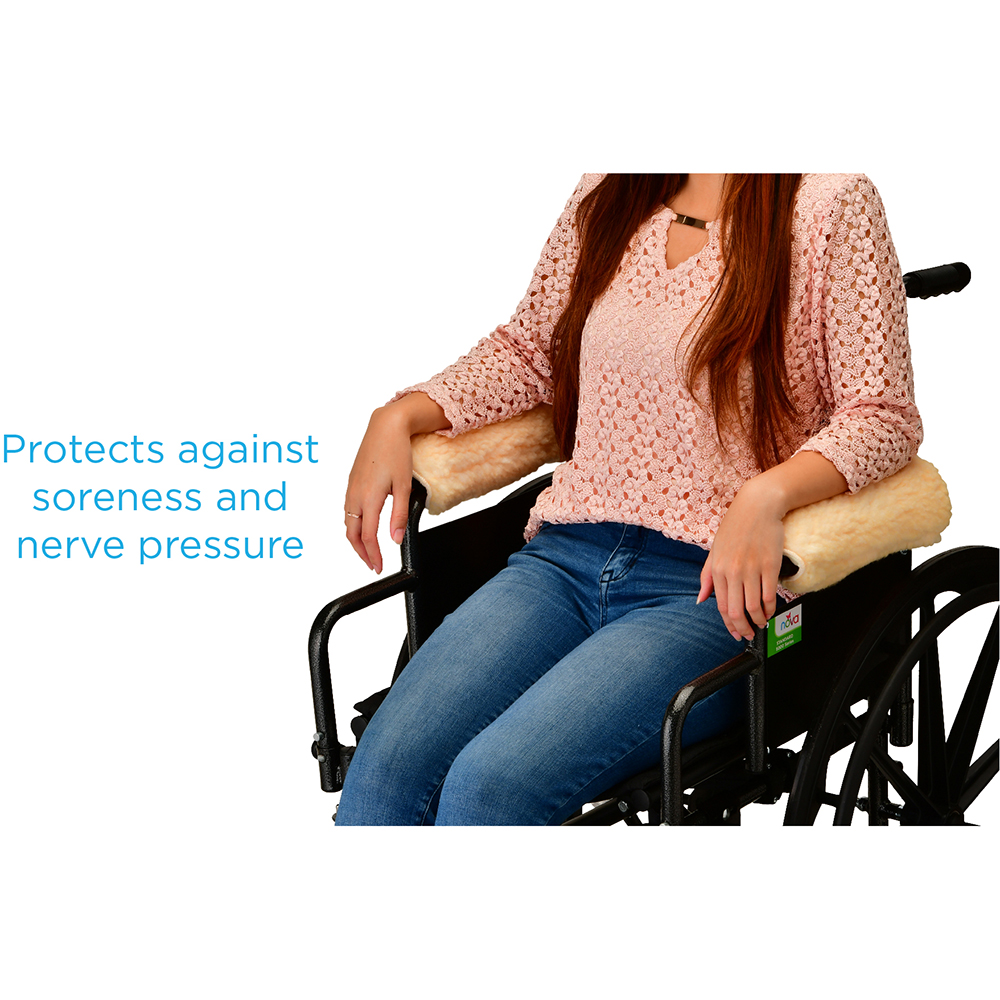
Lighting is often overlooked when making a home accessible by wheelchair. It helps to know that most home lighting is made for people who can stand or walk and can cause many problems for people who use wheelchairs.
Getting rid of glare is an important part of making a home accessible for people who use wheelchairs. People in a wheelchair may have trouble with glare from under-counter lighting and other recessed lighting options that are fine for others in the house. Glare problems can be found by giving the person in the wheelchair a tour of the place and letting them see how the light works. Glare problems can often be fixed by lowering the light's position, providing other light sources, or using bulbs with less glare.
2. Choose the Right Type of Floor
There are four main things to think about when choosing a floor for a wheelchair-friendly home. You'll want a surface that doesn't get slippery, is easy to clean, lasts a long time, and is easy to move around on in a wheelchair. Here are some types of flooring that are good for wheelchairs:
Laminate Flooring
Laminate flooring is sometimes better than real wood flooring because it lasts longer when a wheelchair is used, is easier to clean, and costs less to replace. This doesn't mean that natural wood flooring in a home should be replaced with laminate immediately.
Ceramic Tile
Ceramic tile seems like a good choice for a home that a wheelchair can access. It is fairly cheap, flat, and hard, doesn't slip, and is easy to keep clean. If the grout lines are sealed, most liquids won't hurt a ceramic tile floor if they get on it. When you choose larger ceramic tiles, there will be fewer grout lines, making the surface easier to walk on.
Vinyl
There are two main types of vinyl flooring: tiles and sheets. It is cheap, easy to install, has various patterns, and doesn't slip. When choosing floors for a home that are good for people who use wheelchairs, you should think about how they wear them. If sheet vinyl shows signs of wear, you might need to replace the whole surface. A homeowner might only have to replace worn tiles if they have tile.
Carpeting
Most wheelchair users can get around fairly easily on certain carpeted surfaces, but a few exceptions exist. If the carpet pile or padding is too thick, it can be hard for a wheelchair to move. Most of the time, low-pile or commercial-grade carpet is the best choice for a wheelchair user's home.
In the end, you'll want to choose a floor that meets the needs of the wheelchair user and has an easy-to-clean, long-lasting, and aesthetically pleasing surface. The good news is that there are many choices and options for all kinds of budgets. Generally, you shouldn't put area rugs on these surfaces because they can make it hard to move around in a wheelchair.
3. The Hallways Should Be Easy to Get To
One of the easiest things to do to make hallways wheelchair-friendly is to get rid of anything that could get in the way. This can include side tables, coat trees, shoe racks, and decorative pieces. When space is tight, taking down large or low-hanging artwork may be necessary.
If a hallway needs to be wider to be wheelchair-friendly and there's nowhere else to live in the house to avoid using the hallway, the owners may have no choice but to make it wider. First, find out if either of the hallway walls can hold weight. Once that is known, it will be much easier and less expensive to move the wall that doesn't have any significance. Most homes will need to add or remove space from other rooms to make room for the wider hallway.
4. Furniture Should be Strong
There are a few basic things to remember when choosing furniture for a wheelchair-friendly home. It's best to have a strong, stable table that can be used as support. Most of the time, you should avoid sharp edges. Glass and fragile and decorative items are usually not the best choice.
Choose a chair or sofa based on how tall and firm it is. Chairs and sofas with many soft cushions may be comfortable, but they can be hard to escape. The same is true for chairs and couches that are too low. Wheelchair users may find getting in and out of chairs easier if they choose chairs with solid, strong arms. If you want a recliner, avoid picking one where you must use your legs to return to sitting. Some recliners are powered, and some have side levers to help you recline and sit back up. Some chairs lift up, which adds to the convenience.
5. Select the Right Entrance/Ramps
Most wheelchair users who have trouble getting in and out of their homes because of the height use ramps. Even though they may look straightforward, many design, size, and material choices go into making the right ramp.
There are two main kinds of ramps used outside of homes:
Free-Standing Wheelchair Ramps
Wheelchair ramps that stand independently are the most durable but can also be the most expensive to build. They can be made to be temporary or permanent. Wood is the most common material for these ramps, but aluminum is also popular.
Threshold Ramps
Most people use free-standing ramps to get over exterior steps and level changes at entrances. However, threshold ramps can work when there are big obstacles but not a big height change. Threshold ramps can help wheelchair users overcome a curb-height barrier or a door threshold that might be hard to overcome. They can be made to fit any doorway and are usually made of wood with a thick plywood surface. Many people have found it helpful to keep portable threshold ramps in their cars to help wheelchair users get in and out of the vehicle.
All in All
People who use wheelchairs can live safely and comfortably on their own if they have a place that is easy for them to get to. Follow the tips above to ensure your living space is wheelchair accessible, whether you want to make your home more accessible or find an apartment that is wheelchair accessible.
Sky Medical Supplies is your first choice to buy lightweight wheelchairs in Denver, Colorado.
Tags
- contest
- event
- supplies
- design
- brand
- video
- Compression
- upright walker
- four wheel walker
- rollator
- wheelchair
- Ostomy
- elegantly
- elegantly
- accessibility
- Mobility
- knee walker rental
- knee scooter sales
- knee scooter
- post operative shoe
- anti-embolic stockings
- pain management
- cryotherapy therapy
- hot cold compress
- compression stockings
- lift chair
- wound Care
- air purifier
- fall prevention
- cushion
- oxygen therapy
- cpap, bipap
- Hospital Bed
- Life Aide
- EMS
- recovery
- splint
- knee brace
- Bathroom
- patient lift
- medical supply
- Wound dressings
- Lightweight Wheelchair
- hospital beds for sale
- sky medical supplies rentals
- compression socks
- Adult Diapers
- Rollator Walker
- Bed Wedge Pillow
- Hospital beds
- Patient Lifts and Slings
- Portable Oxygen Concentrator
- Patient Lift Slings
- knee scooter rental
- folding mobility scooter
- mobility scooter
- medical shoes
- raised toilet seat
- hospital beds for rent
- lift chair recliner
- chair lift
- electric wheelchair
- Power Lift Recliners for Elderly
- Senior Walkers
- Bedside Commodes
- whill wheelchair
- compression hose
- Whill Electric Wheelchairs
- Bariatric Wheelchair
- Recliner Chairs with Lift
- Colostomy Bag
- Crutches
- Medical Wedge Pillow
- skin barrier tape
- Post Surgery Ice Machine
- Bedside Commode
- chair lift recliners
- cane holder scooter
- lift chair prices
- drop arm commode
- rollator walker with ergonomic seats
- Hospital Bed Rental
- Wheelchair Tray
- Golden Technologies Lift Chair
- Nova GetGo Junior Rollator
- power lift recliners
- Knee Scooters and Crutches:
- stand up walker for seniors
- stand up walker as seen on TV
- Women's Walking Canes
- Knee Immobilizers
- Bed Wedge Pillow
- Medical Supply Stores
- Sit to Stand Lifts
- Grab Bars
- Compression Gloves
- incontinence bed pads
- Lift Reclining Chair
- Knee Walker Scooters
- Hernia Belt Near You
- Mobility Scooter Stores Near Me
- Folding Knee Walker
- Oxygen Concentrator Store
- Inogen Battery
- Electric Bed Frames
- Placing Lift Chair
- diaper brief
Related Posts
Get weekly articles in your inbox on the latest medical supply news, exclusive deals, and helpful health tips.
